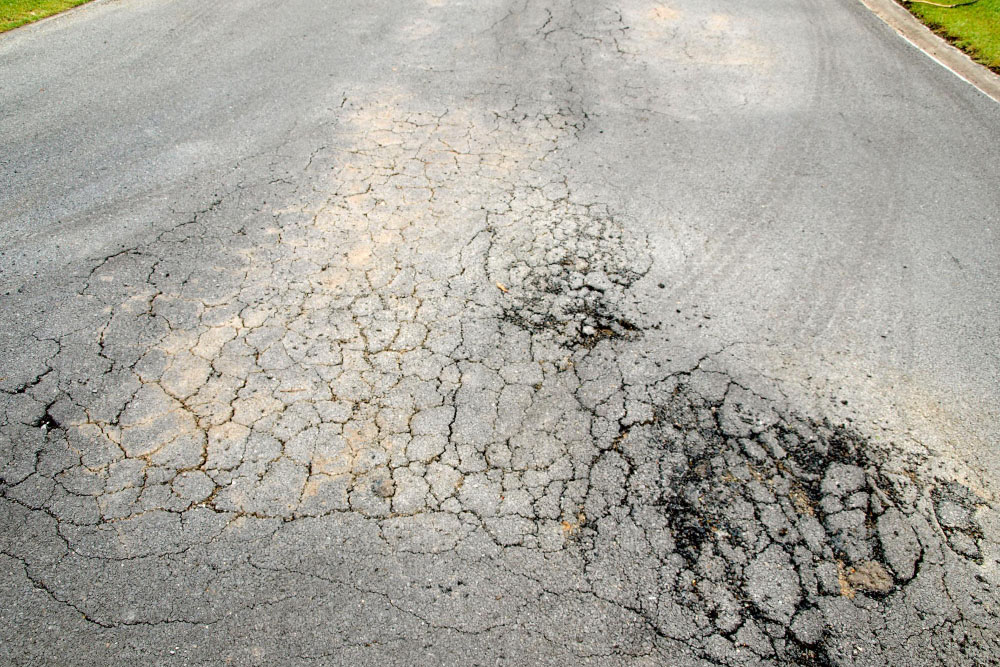
Maintaining paved surfaces is crucial for prolonging their lifespan and ensuring safety. In the bustling city of Orlando, FL, where the climate can be harsh on roads and parking lots, understanding the best maintenance techniques is key. Two common practices, crack filling and crack sealing, are often used to address pavement distress, but they serve different purposes and are applied under different conditions. In this blog post, we'll explore the distinctions between crack filling and crack sealing, helping you determine which method is suitable for your paving needs in Orlando, FL.
Crack filling is a pavement maintenance technique used to treat non-working cracks, which are typically less than 0.1 inches wide. These cracks show little to no movement due to temperature changes or traffic loading. The primary goal of crack filling is to prevent water from penetrating the pavement structure and causing further damage. The materials used for crack filling are usually asphalt emulsions, asphalt cutbacks, and rubberized asphalt.
Crack filling is most effective when done before the onset of severe weather conditions that can exacerbate the existing cracks. It's ideal for addressing cracks that have remained stable over time, showing no signs of widening or extending. This method is a cost-effective way to extend the pavement's service life by preventing water intrusion and subsequent erosion of the base materials.
Crack sealing, on the other hand, is aimed at working cracks, which are characterized by movements of more than 0.1 inches due to thermal changes or the loading and unloading of traffic. Crack sealing involves the use of specialized materials that have the ability to stretch and recover, allowing them to accommodate the crack's movements. These materials include rubberized asphalt and silicone.
Crack sealing is advisable when the pavement shows signs of moderate to severe distress, with cracks exhibiting significant movement. It is particularly important in climates like Orlando, FL, where temperature fluctuations can cause pavement to expand and contract frequently. By sealing these cracks, you can prevent water and debris from entering and causing further damage, thus maintaining the structural integrity of the pavement.
Choosing between crack filling and crack sealing depends on several factors, including the type and extent of pavement damage, the climate in your area, and your budget constraints. Here are a few guidelines to help you make an informed decision:
When it comes to paving services in Orlando, FL, Florida Sealcoating is your go-to expert. With years of experience and a commitment to quality, we offer tailored solutions to meet your specific needs. Whether your pavement requires crack filling or crack sealing, our team of professionals will provide a thorough assessment and recommend the best course of action to protect and preserve your investment.
Understanding the differences between crack filling and crack sealing is crucial for effective pavement maintenance. By choosing the right method, you can significantly extend the life of your pavement and save on costly repairs down the line. If you need professional advice or services related to paving in Orlando, FL, don't hesitate to reach out to Florida Sealcoating. Contact us today for a free estimate and ensure your pavement remains in top condition for years to come.
Remember, maintaining your pavement is not just about aesthetics; it's about safety, functionality, and long-term cost savings. Trust Florida Sealcoating to provide you with the best paving solutions in Orlando, FL, tailored to your unique needs.